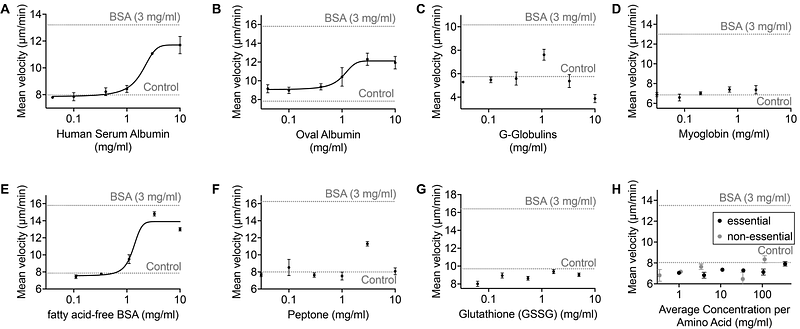Chemokinesis by a microbial predator

Chemokinesis by a microbial predator
Quick, S. R.; Bains, J.; Gerdt, C.; Walker, B.; Goldstone, E. B.; Jakuszeit, T.; Baggaley, A. W.; Croze, O. A.; Gerdt, J. P.
AbstractRegulated motility is vital for many cells--both for unicellular microbes and for cells within multicellular bodies. Different conditions require different rates and directions of movement. For the microbial predator Capsaspora owczarzaki, its motility is likely essential for predation. This organism has been shown to prey on diverse organisms, including the schistosome parasites that co-reside with it in Biomphalaria glabrata snails. Capsaspora is also an evolutionary model for the unicellular ancestor of animals. This phylogenic placement makes Capsaspora's motility an attractive target for understanding the evolution of motility in animal cells. Until now, little was known of how Capsaspora regulates it rate and direction of motility. Here we found that it exhibits chemokinesis (increased movement in response to chemical factors) in response to proteins released from prey cells. Chemokinesis also occurs in response to pure proteins--including bovine serum albumin. We found that this chemokinesis behavior is dependent on Capsaspora cell density, which suggests that the regulated motility is a cooperative behavior (possibly to improve cooperative feeding). We developed a mathematical model of Capsaspora motility and found that chemokinesis alone does not benefit Capsaspora predation. However, when coupled with chemotaxis (directional motility along a chemical gradient toward prey), chemokinesis may improve predation. Finally, we quantitatively analyzed Capsaspora's previously reported chemotaxis behavior. These findings lay a foundation for characterizing the mechanisms of regulated motility in a predator of a human pathogen and a model for the ancestor of animals.